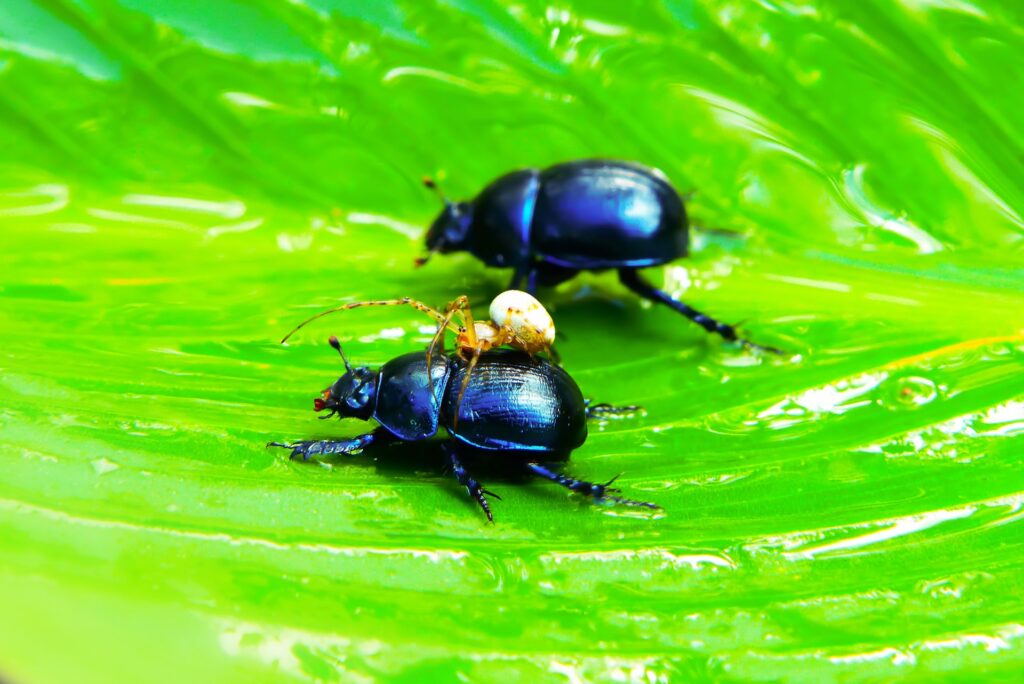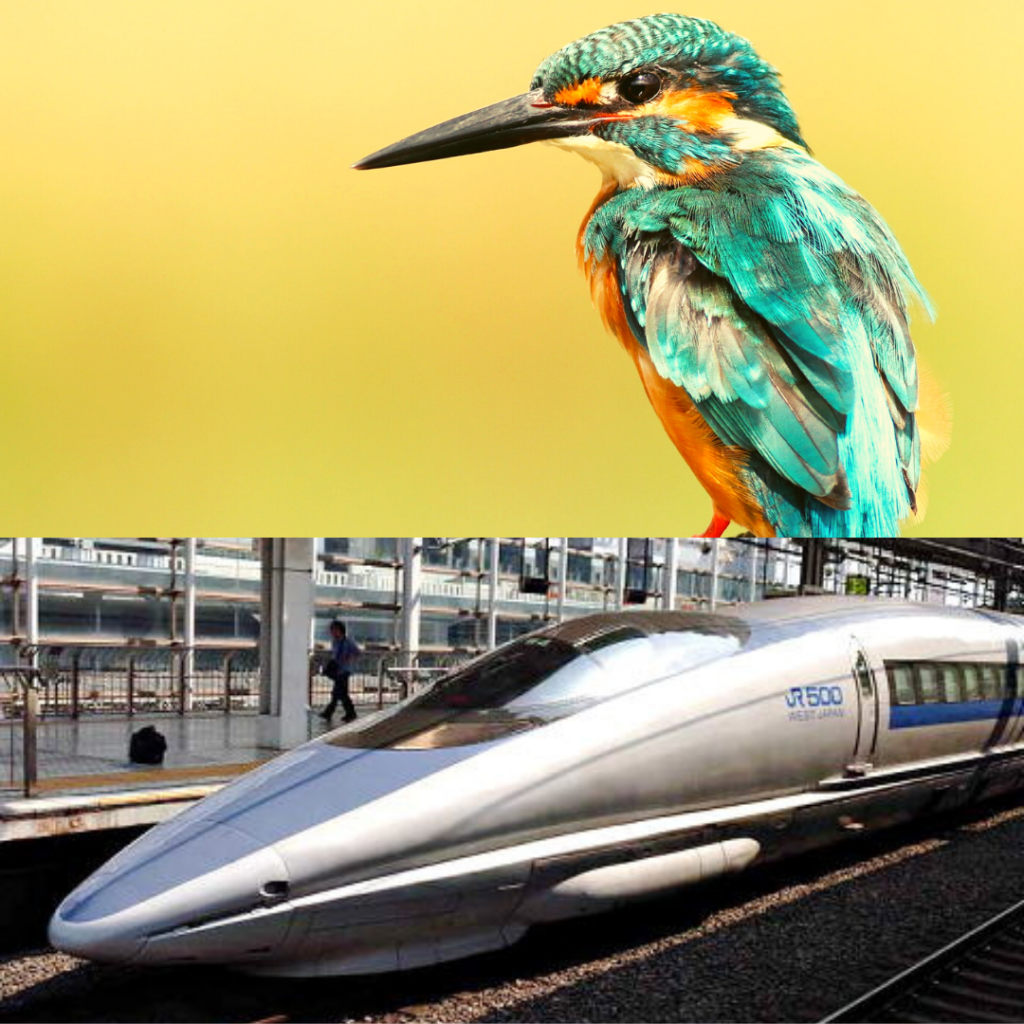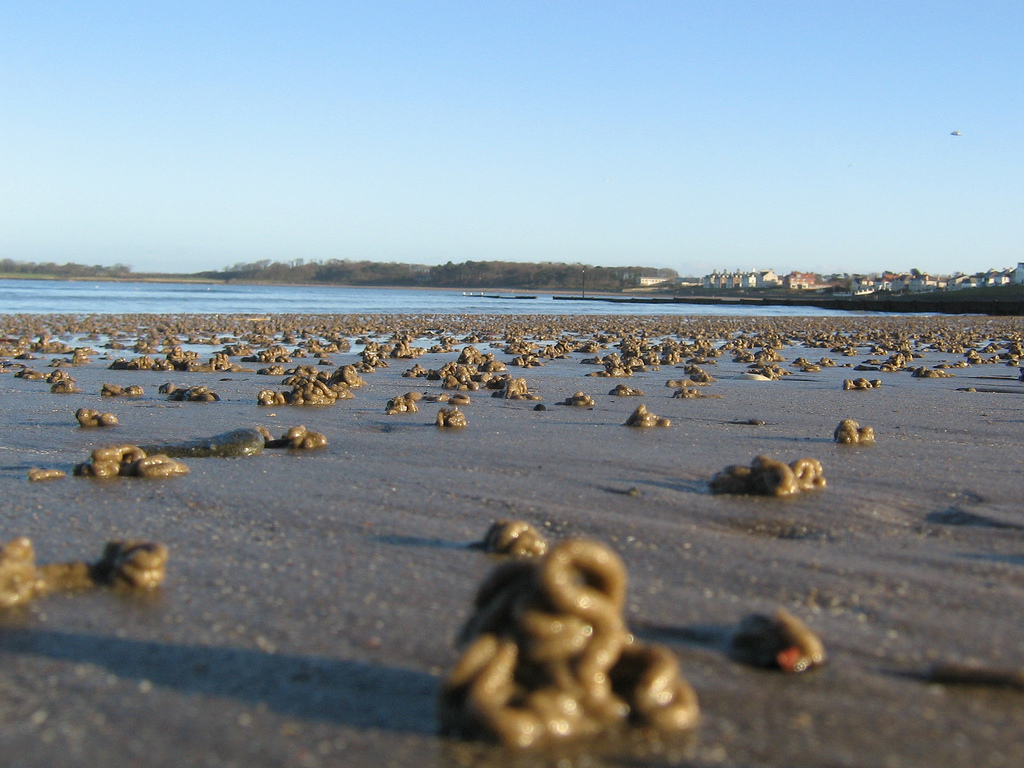Biomimicry is approaching nature with a different mindset.
We are not looking for things to extract or harvest, but for knowledge to learn.
It’s a more humbling attitude where we become the students of an old teacher.
In the end, nature is 3.8 billion years old. So it has more knowledge, experience, and wisdom.
Biomimicry is treating nature as a library. Instead of burning the books, now we are reading them.
The possibilities are limitless.
From the 8.7 million species of plants and animals in existence, we only know about 1.2 million species.
Millions of species are a complete mystery. These are like treasures nobody has opened yet!
The goal of this article is to create interest in this emerging field.
If the 20th century was the one of physics, the 21st century could be one of biology.
What is biomimicry?

Biomimicry comes from bios, life, and mimesis, to imitate.
Janine Benyus used the term biomimicry in 1997 in her book, “Biomimicry: Innovation Inspired by Nature”.
She defined biomimicry as “the new science that studies nature’s models and imitating these designs to solve human problems”.
She also defined the main aim of biomimicry: sustainability.
The book led to The Biomimicry Institute where we analyze nature’s best ideas to create sustainable technologies.
Today, biomimicry inspires scientists, designers, engineers, architects, and business people.
How biomimicry works

At the minimum, biomimicry emulates forms and shapes. This is a shallow imitation.
At a deeper level, it emulates systems and processes.
Let’s take the problem of waste.
We produce linearly. Most of our products are not designed for a second life. And we end up with a lot of waste.
Nature does not have this problem. It produces in a closed loop.
The waste of a living thing constitutes the nutrient for another one.
For example, a tree will drop leaves on the ground.
These leaves decay and convert into nutrients.
The nutrients benefit the tree and the ecosystems around- soil, plants, insects, animals.
So high-level biomimicry would not just emulate trees but the whole system to have zero waste.
Six steps form the biomimicry methodology: identify, interpret, discover, abstract, emulate, and evaluate.
In other words, you identify a problem. Then you look in nature for a living thing that solved it. You try to understand how it’s doing it. And finally, you emulate the systems and processes to solve the problem.
Some examples of biomimicry
The Kingfisher

When redesigning the very noisy Shinkansen Bullet Train of the West Japan Railway, the chief engineer imitated the Kingfisher.
As described by the Biomimicry Institute:
“Modeling the front-end of the train after the beak of kingfishers, which dive from the air into bodies of water with very little splash to catch fish, resulted not only in a quieter train, but 15% less electricity use even while the train travels 10% faster.”
Cardboard to caviar project
When I read about this project, I was applauding.
Graham Wiles conceived a lucrative system that emulates the nature closed-loop model:
The restaurant pays Mr. Wiles to take away their cardboard boxes, which he then shreds.
The stables pay Mr. Wiles to provide them with horse bedding- shredded cardboard.
The stables then pay Mr. Wiles to take away the used bedding.
The used bedding is composted and feeds worms.
The worms are fed to Sturgeon, which produces caviar.
The restaurant pays Mr. Wiles for his high-end caviar, and also to take away their cardboard boxes, which he then shreds…
Lugworm (or sandworm)
The biologist Franck Zal wondered: how the lugworm can survive out of water for hours?
The answer was their hemoglobin.
In human blood, one hemoglobin protein holds four oxygen molecules at a time.
A lugworm hemoglobin protein holds 156.
More fascinating, the lugworm is a universal donor; its blood doesn’t have any of the A, B, or O antigens.
Franck’s discovery is used in organ transplantation.
The organs immersed in lugworm blood can survive for days without damage, rather than hours, as in the past.
Eastgate Center in Harare, Zimbabwe
The architect Mick Pearce studied the termite mounds extensively.
He designed a building that has an air conditioning system modeled on the self-cooling mounds.
The result is a sustainable building that required no active air conditioning system in the hot Zimbabwean climate.
The design saved the building owners over 3.5 million dollars in air conditioning costs during the first five years, using 90% less energy than conventional buildings of a similar scale.
Also, the tenants have a rent 20% lower than the surrounding buildings.
This is how biomimicry can benefit the environment and save costs.
Final thoughts

I collected more examples that I can fit in this article. There are all mind-boggling.
Biomimicry made me think of this verse in Surah Ali ’Imran:
“Indeed, in the creation of the heavens and the earth and the alternation of the day and night there are signs for people of reason. They are those who remember Allah while standing, sitting, and lying on their sides, and reflect on the creation of the heavens and the earth and pray, “Our Lord! You have not created all of this without purpose. Glory be to You! Protect us from the torment of the Fire.”
[Quran 3:190-191]
We are invited to reflect on the creation. Biomimicry is a way among others to do it.
It’s having a deeper look at all living things and extract the necessary insights to solve real-life problems.
Not only it will increase our faith in Allah, but also make us valuable to humanity.
If nothing was created without purpose, the study of any species can lead us to discovery.
We have The Quran as a book of guidelines for our actions. And we have the creation as a book of inspiration.
The combination of the two will help Muslims to come up with innovative solutions to humanity’s problems.
I hope to see more Muslims engaging in this field so they can solve problems, generate value, create jobs, and save the planet.
This is what a vicegerent on Earth (khalifa) is asked to do. Isn’t it?
Article posted the 17 January 2021


